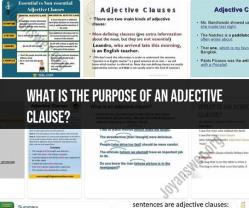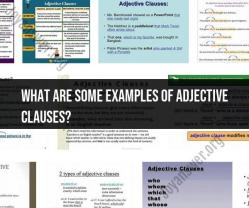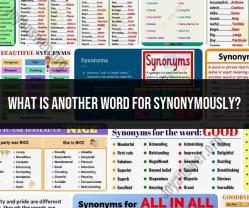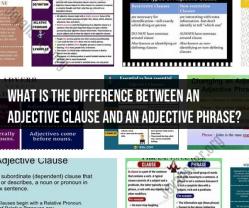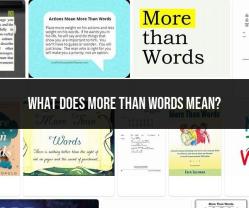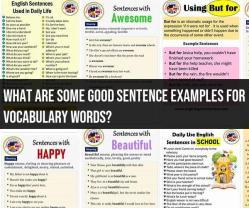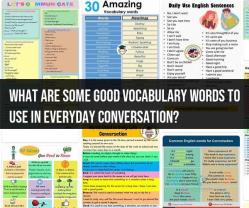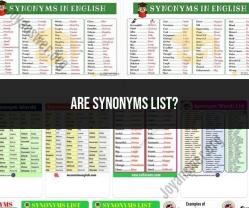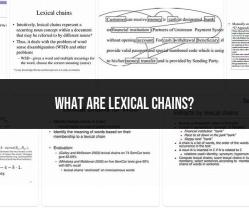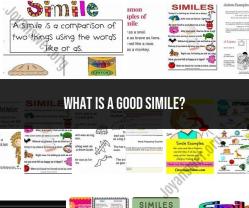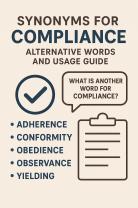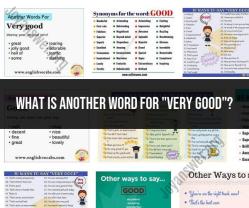August 10, 2023
•
3 min read
This article explores the purpose of adjective clauses in enhancing descriptive language and providing additional information about nouns. It highlights how adjective clauses add specificity and depth to sentences by offering details and descriptions. The article includes examples to illustrate how adjective clauses enrich writing.
August 10, 2023
•
3 min read
This article presents a collection of examples showcasing how adjective clauses can enrich descriptions in sentences. It demonstrates how adjective clauses provide essential information about nouns, expanding the reader's understanding of the subject. The article aims to inspire readers to incorporate adjective clauses effectively in their writing.
August 10, 2023
•
5 min read
This article presents a diverse range of synonyms for the verb "is" to enhance vocabulary and improve language usage. It provides various verbs that can be used to replace "is" in different contexts, such as "appears," "seems," "becomes," and more. The article offers practical examples to illustrate the appropriate usage of these alternative verbs.
August 10, 2023
•
3 min read
This article discusses the word "synonymously" and its meaning as an adverb. It explores the concept of synonyms, words that have similar meanings, and their usage in different contexts. The article provides examples to illustrate the proper use of "synonymously" and its alternatives in writing and speech.
August 10, 2023
•
3 min read
This article clarifies the distinction between an adjective clause and an adjective phrase in English grammar. It explains the grammatical structure of each and provides examples to illustrate how they modify nouns differently. The article aims to help readers identify and use adjective clauses and phrases correctly in their writing.
August 9, 2023
•
5 min read
This article delves into the meaning and significance of the phrase "more than words." It analyzes the expression's literal and figurative interpretations, exploring how it is used to convey emotions and sentiments beyond verbal communication. The article also examines common contexts where the phrase is used and its impact on interpersonal relationships.
August 9, 2023
•
3 min read
This article explores the uses of the present perfect tense in English grammar. It discusses how the tense is employed to express actions or events that have occurred in the past but have relevance to the present. The article provides examples to illustrate the correct usage of the present perfect tense in various contexts.
August 9, 2023
•
5 min read
This article clarifies the distinction between active and passive voice in English grammar. It explains how active voice emphasizes the doer of the action, while passive voice focuses on the receiver of the action. The article offers examples and tips to identify and use both voices effectively in writing and communication.
August 9, 2023
•
5 min read
This resourceful article provides sentence examples for various vocabulary words, illustrating their proper usage in different contexts. The examples demonstrate how these words can be integrated seamlessly into written and spoken sentences. The article aims to enhance readers' understanding and application of new vocabulary.
August 9, 2023
•
4 min read
This article introduces a collection of good vocabulary words suitable for everyday conversation. It includes words that are versatile, impactful, and commonly used in spoken language. The article encourages readers to incorporate these words into their speech to enrich their communication skills.
August 9, 2023
•
4 min read
This article presents a comprehensive synonyms list, offering readers a diverse selection of words with similar meanings. It explains the importance of using synonyms to enhance language proficiency and communication skills. The article provides practical examples to demonstrate the appropriate use of synonyms in writing and conversation.
August 7, 2023
•
3 min read
This content explores the concept of lexical chains in linguistics and text analysis. It explains how lexical chains provide insights into the coherence and connectivity of words within a text, enhancing our understanding of semantic relationships.
 Michael Chen
Michael Chen
